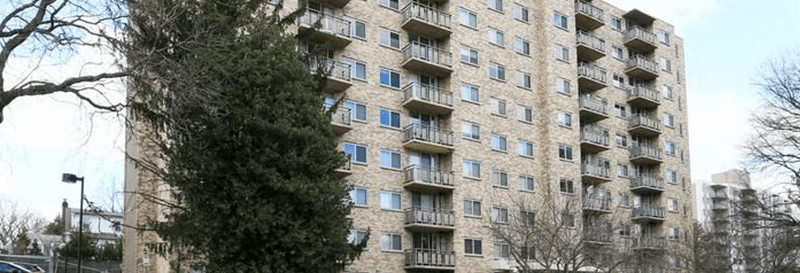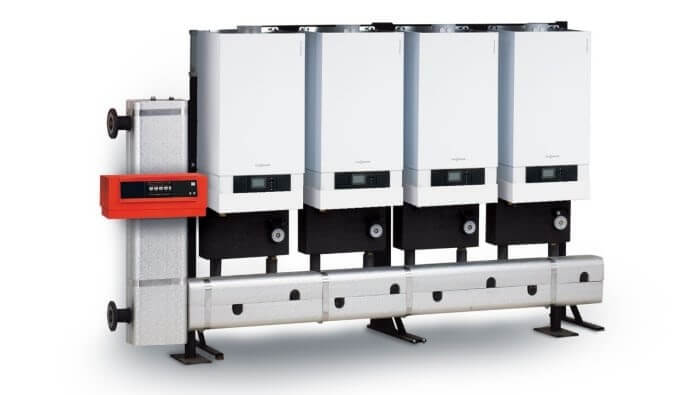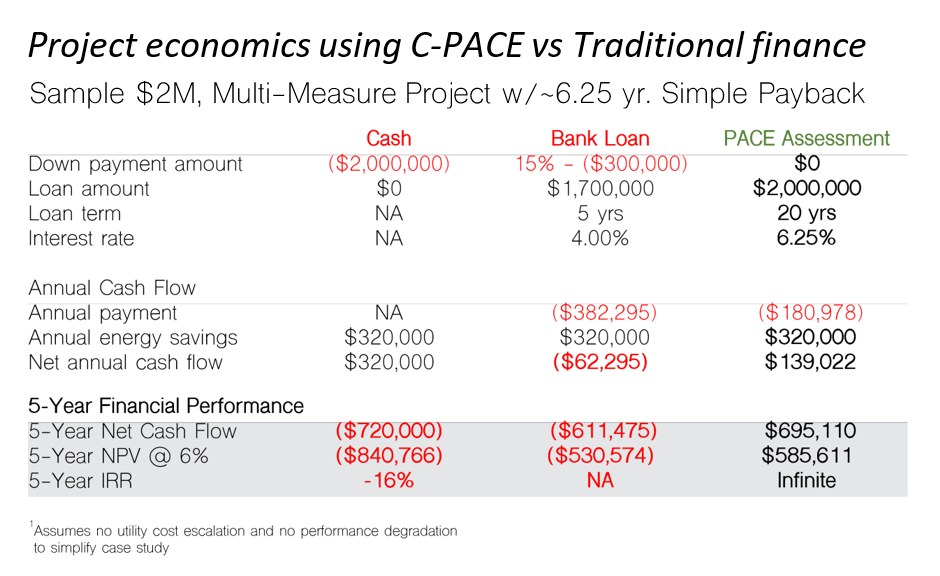Multi-family: C-PACE Fuels Increase in ROE and Tenant Comfort

For multi-family apartment rentals, green building elements have been emerging among listed amenities to attract tenants, while behind the scenes the reliability of new heating and cooling infrastructure has long improved (or imparied) overall tenant satisfaction. Thus the case for energy saving capital investments is advancing, particularly considering that sustainable multi-family properties have shown market resiliency and were one of the earliest sectors to recover from the 2009 economic downturn according to the US Green Building Council.
Tenant comfort, reduced maintenance expenses and decreased operating costs were the key drivers behind a recent retrofit managed by Gaithersburg MD-based energy services contractor, Boland. Their client, the owner of a ten-story, 103,499 square foot (50 unit) apartment building originally built in the 60’s, was faced with the end-of-life replacement of heating and domestic hot water systems. Considering the total cost of ownership, the client chose a high-efficiency heating system and invested in the following:
- Removal of outdated and inefficient heat and hot water boilers, domestic water storage tanks, and associated distribution pumps.
- Installation of a combined domestic and heating hot water condensing boiler system and new distribution pumps, which included eight (8) new condensing boilers (Viessmann Vitodens b2HA-150) and hot water storage tanks.

Of course, this type of investment is capital intensive and becomes more so, when business owners consider the premium to be paid for high-efficiency systems. This inflection point of capital and cash flow is where a new public-private financing tool called C-PACE (Commercial Property Assessed Clean Energy) can be of great advantage.
“The challenge for multifamily property owners isn’t a consideration of the efficiencies offered by new equipment,” stated John Cain, Director of Energy Services at Boland. “It’s about transforming a capital expenditure into an operating expense and there is a program available in a number of states and D.C. that can help called C-PACE. This program allowed our client to make a significant investment in technology and increase their NOI without adversely affecting their cash flow.”
“C-PACE financing can play an important role in redeveloping the multifamily housing stock of our communities through its ability to transform properties into more efficient and more comfortable places to live,” stated Jessica Bailey, CEO and co-founder of Greenworks Lending. “The program works because the cash flow works for the property owner. Savings typically outweigh the annual cost of financing.”
Commercial Property Assessed Clean Energy (C-PACE) is a public-private financing program that is active in more than a dozen states nationwide (learn if your state is eligible here). Through these state-enabled programs, lenders such as Greenworks provide private capital to commercial property owners for up to 100% of energy improvements that lower operating costs. The investment is repaid through the property tax bill over long periods – often 20 years. Most building types, business types and renewable and or efficiency measures, as well as the associated softs costs with such projects can be included in the financing.

